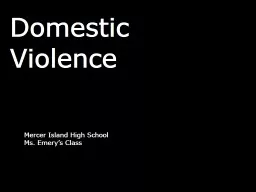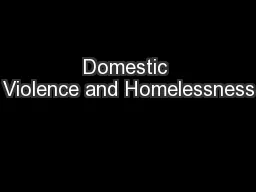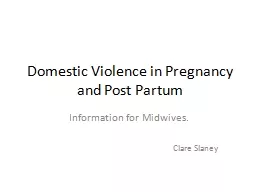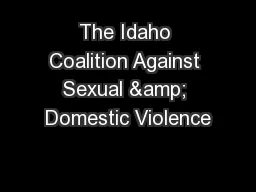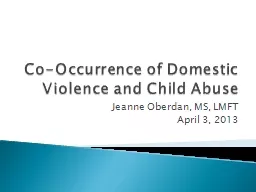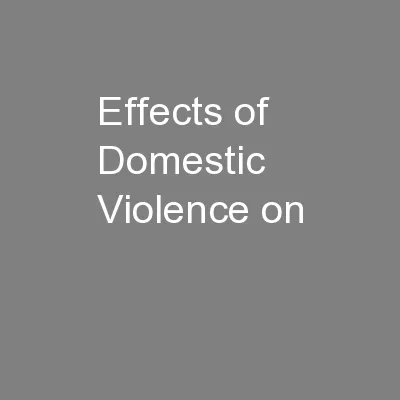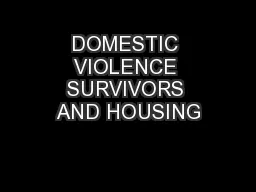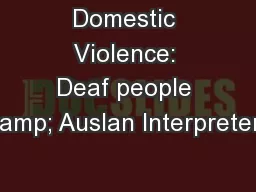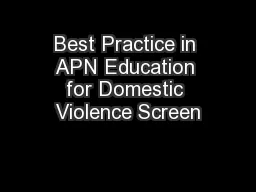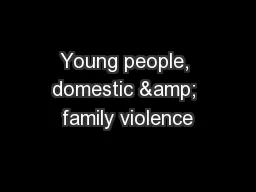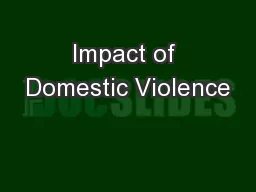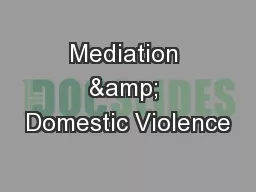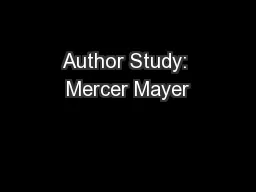PPT-Domestic Violence Mercer Island High School
Author : sportyinds | Published Date : 2020-06-15
Ms Emerys Class Hello Domestic Violence Law In the State of Washington RCW RCW 2650010 Definitions 1 Domestic violence means a Physical harm bodily injury assault
Presentation Embed Code
Download Presentation
Download Presentation The PPT/PDF document "Domestic Violence Mercer Island High Sc..." is the property of its rightful owner. Permission is granted to download and print the materials on this website for personal, non-commercial use only, and to display it on your personal computer provided you do not modify the materials and that you retain all copyright notices contained in the materials. By downloading content from our website, you accept the terms of this agreement.
Domestic Violence Mercer Island High School: Transcript
Download Rules Of Document
"Domestic Violence Mercer Island High School"The content belongs to its owner. You may download and print it for personal use, without modification, and keep all copyright notices. By downloading, you agree to these terms.
Related Documents

